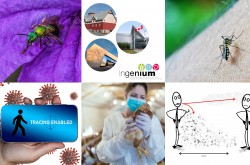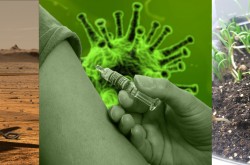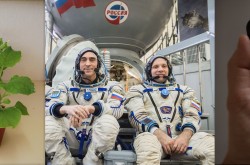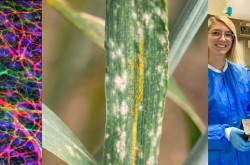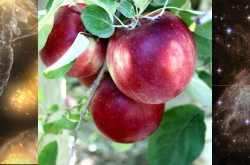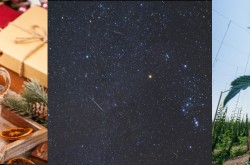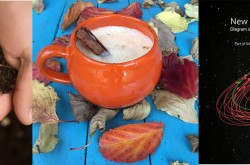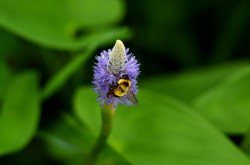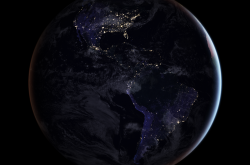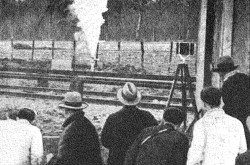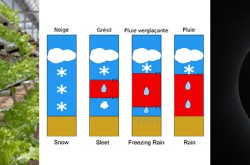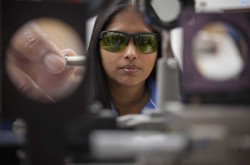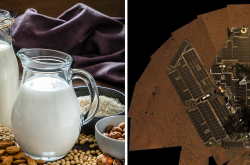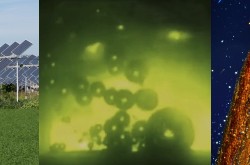A Cometary Tale
In the latest episode of The Element, Science Advisor Jesse Rogerson explains how astronomers have found exocomets.
Transcript
There’s this idea called the Copernican Principle, and it states, basically, that our solar system shouldn’t be the only solar system out there. There should be many solar systems in our galaxy, all with the same basic building blocks. Back in 1992, the first planet orbiting another star was discovered. We call those exoplanets and since then we’ve discovered over 3,700 more. But there should be more than just planets orbiting those stars. After all, our solar system has moons, asteroids, and comets.
Well astronomers have announced the first evidence of comets orbiting other stars, or… Exocomets! To understand how they found the exocomets, we first need to understand how we typically find exoplanets. If an exoplanet passes in front of its star from our point of view, it will block some of the star’s light. Only a small amount of light is blocked, but we can detect it and infer that a planet is orbiting that star.
Now a planet is roughly spherical, and thus would create a symmetrical dip in light, but a comet is a different story. As we know from our own solar system when a comet gets too close to a star, the ice on the surface of the comet sublimates, creating a bright ball of gas, called a coma thousands of kilometers in size. The solar wind then pushes the coma, creating a cometary tail. Now if we go back to the transit method, what should we expect to see in a light curve when a comet with a tail passes in front of its star? It should create an asymmetric dip in light.
And that’s exactly what astronomers found buried in the data of the Kepler Space Telescope. An asymmetric dip in light means a non-spherical object transited the star; the tell-tale sign of a comet from another planetary system.
While this is an incredible result, it is, in a way, expected. Our solar system shouldn’t be the only one, and as we keep investigating other stars and the objects orbiting them, it’s exciting to think what else we might find.





